From the day when the first Bitcoin block came into being, the occupation of mining worker was also born. As we all know that Satoshi Nakamoto, the mysterious initiator of the bitcoin white paper, paid special attention to the fairness of mining activity. Originally, he planned to use the CPU for mining so that most people could participate in the pursuit of cryptocurrency with only one ordinary home computer, which could enable more people with the participation right.
However, with the increasing number of mining workers and the difficulty of network mining, the calculation capability of ordinary CPU cannot meet the requirement of more difficult mining algorithm. Historically, there was fierce scientific and technological arms race in the world of cryptocurrency mining. Today, EastShore will tell you the stories of mining history in details.
GPU First Year (2010)
In January 2010, the GPU’s hashrate reached 9MH/s while the CPU’s hashrate was only about 1KH/S. In the same period, the price of Bitcoin boomed for the first time from 0.008 dollar to 0.08 dollar within 5 days. The superior hashrate of GPU and appreciation of Bitcoin made the mining workers full of confidence in Bitcoin mining.
On July 18 of the same year: A mining worker named ArtForz successfully realized mining with GPU, which opened a new era of mining.
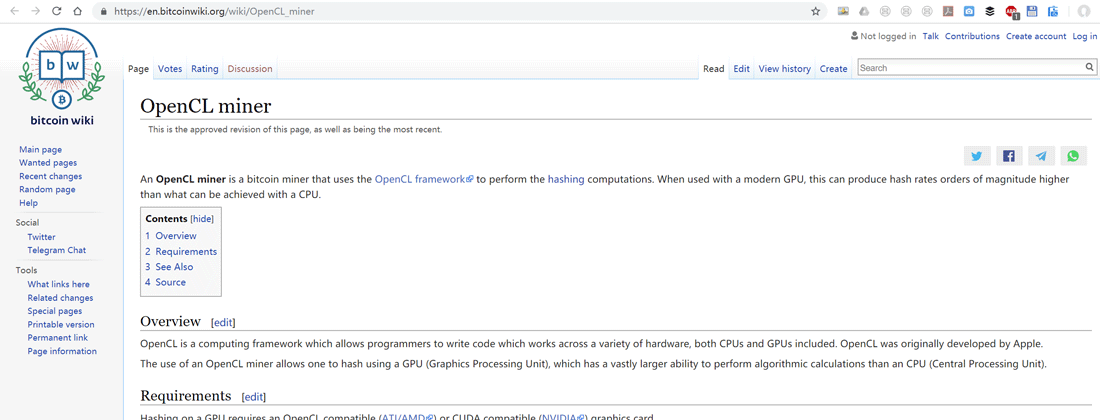
From enjoying great popularity to being ignored, the CPU chip took only a few months. The mining workers truly promoted the miner development with their consumption choice and GPU miner further strengthened their beliefs.
However, new challengers had already approached before the GPU miner got a firm foothold.
Short-lived FPGA (2011)
In February 2011, the price of Bitcoin was over $1 for the first time and in June it climbed to $30. Higher hashrate meant more benefit on investment and the market urgently demanded to boost the speed of innovation.
In June 2011, the first FPGA bitcoin miner appeared on the market which was based on professional mining chip design for the first time.
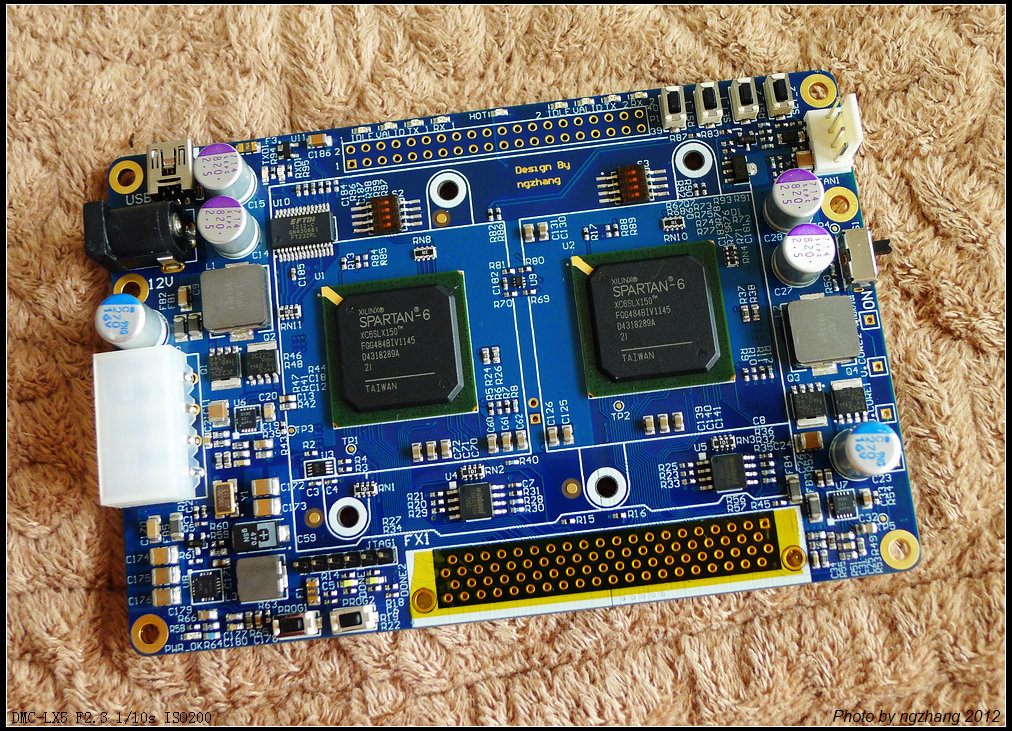
Compared with CPU and video card mining, the era of FPGA mining was as particularly short as only half a year.
Waterloo of Futures Miner (2012)
May 2012: Miner crowdfunding appeared in the world for the first time, Butterfly ASIC miner started the crowdfunding.
Butterfly miner originated from the United States in the form of futures. In March, 2013, it announced to be delivered and started to accept reservations. The product parameters were once planned to reach 50G or even 1500G at the price ranging from 149 dollars to 29,899 dollars. For example, the 5G was sold at the price of 270 dollars, which it claimed cost recovery within 3 days.
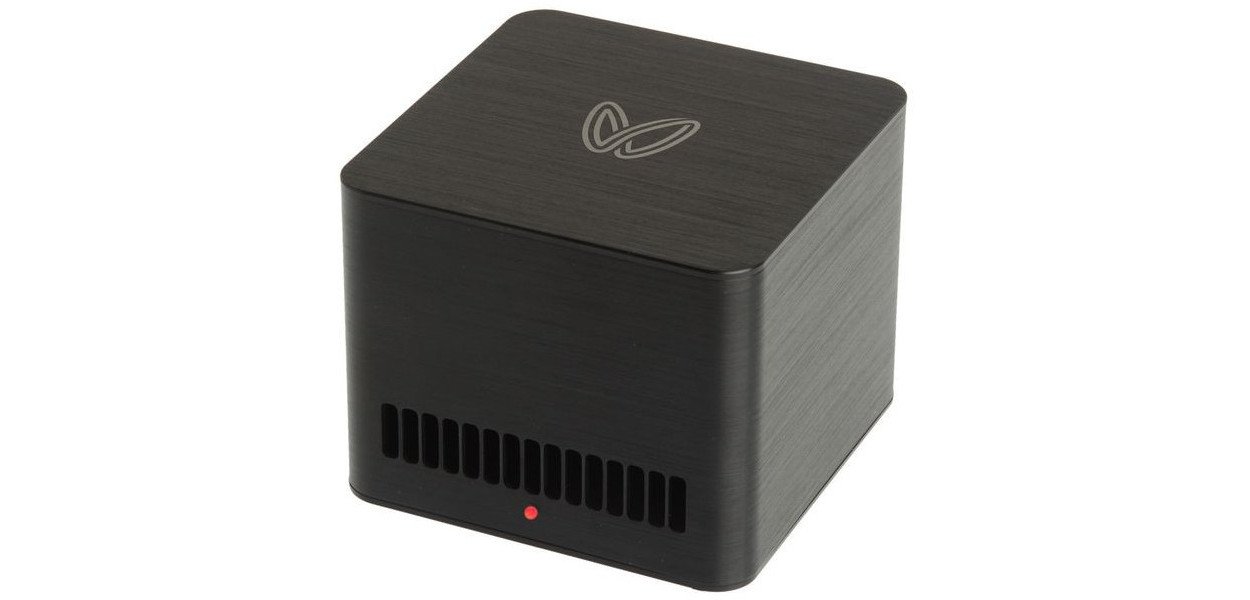
Butterfly required customers to prepay the full price. However, once the payment was received, the delivery had always been postponed. As of September 2013, more than 20,000 paid customers did not receive the miners.
On September 23, 2014, San Francisco Time, the US Federal Trade Commission filed a lawsuit against the Butterfly Lab in Missouri for deceptively selling bitcoin miners. At the request of the Commission, a local federal court had closed the company.
The Butterfly at that time was cast aside by the tide of times just like its hashrate and bad reputation.
Miraculous ngZhang (2012 – 2013)
In January 2013, ngZhang successfully launched the world’s first ASIC super-hashrate chip A3256 for blockchain mining as well as the corresponding miner Avalon I. It can be said that the Avalon team opened a new era of ASIC mining.
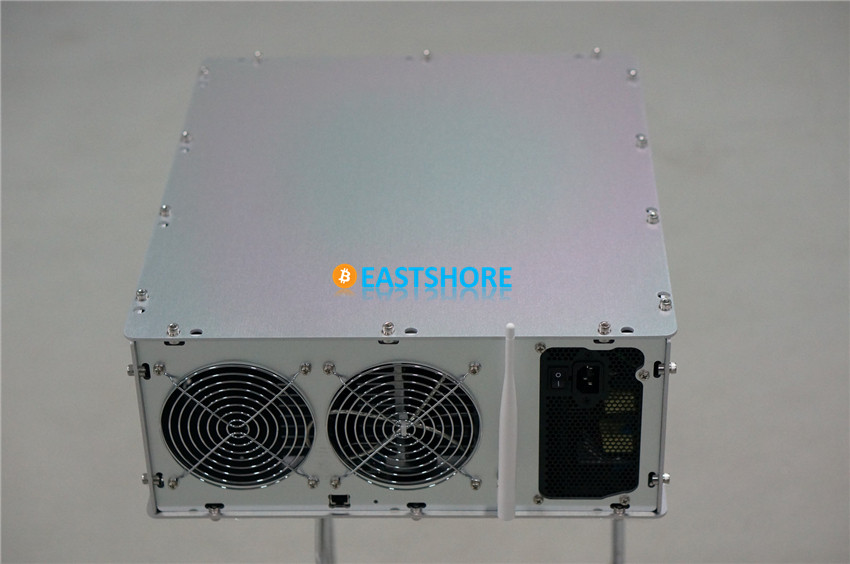
Since then, the ASIC chip has also started several rounds of evolution from 110nm to 55nm, from 55nm to 28nm, from 28nm to 16nm, and then to the application of 7nm in 2018. The ASIC miner created by the Avalon team had improved the Bitcoin hashrate to a new dimension, which took the absolute advantage in the hashrate competition. Within 5 years, the company had taken more than 35% of its share in the hashrate market all over the world.
The appearance of ASIC miner opened an era of widespread competitions. Many miner manufacturers collapsed without any harvest after short time of appearance in the ASIC competition, such as some famous ones like Pigeon, ASICME, MQH, Dragon Mine, Fish, 42BTC.
The Rise and Fall of the Friedcat Era (2013 – 2014)
In the second half of 2013, the Friedcat launched multiple ASIC-based miners, such as 13G blade miner, 10G Mini miner and 38G BOX miner. With accurate timing and strong R&D capabilities, Friedcat and Avalon became the two dominant miner brands at that time.
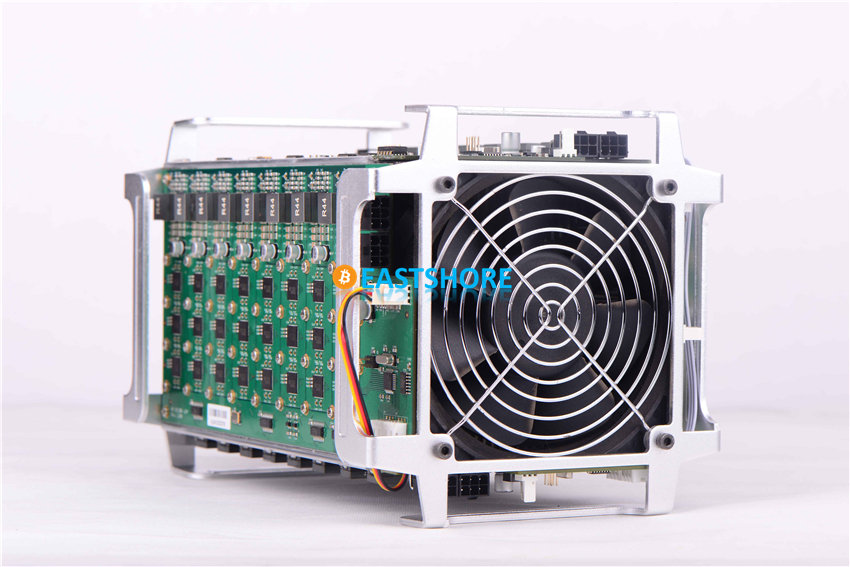
At the end of 2013, Avalon developed a second-generation product equipped with self-developed 55nm ASIC chip whose hashrate was 75% higher than that of the previous generation of product. It was so popular among the mining workers that the price was even as high as 18,000RMB per set. In the same month, Bitmain announced entry to the market with its Antminer S1.
In October 2013, Friedcat suffered from bottleneck in miner development and it failed to launch the second-generation chip as scheduled; in January, 2014, the third-generation chip developed by Friedcat was found the problem of difficult repairment and over 14,000 miner chips were unsalable. Because of serious R&D frustration, Friedcat miner was gradually out of the public views.
Bipartite Confrontation (2015- )
In 2015, Bitcoin got rid of the ice age and gradually got warm-up. The mining circle, which used to have multiple competitors, had only two survivors left: Bitmain and Canaan.
In November 2015, Avalon completed the mass production and delivery of A7 with the hashrate of 7.3T. In the same year, Bitmain launched Antminer S7.
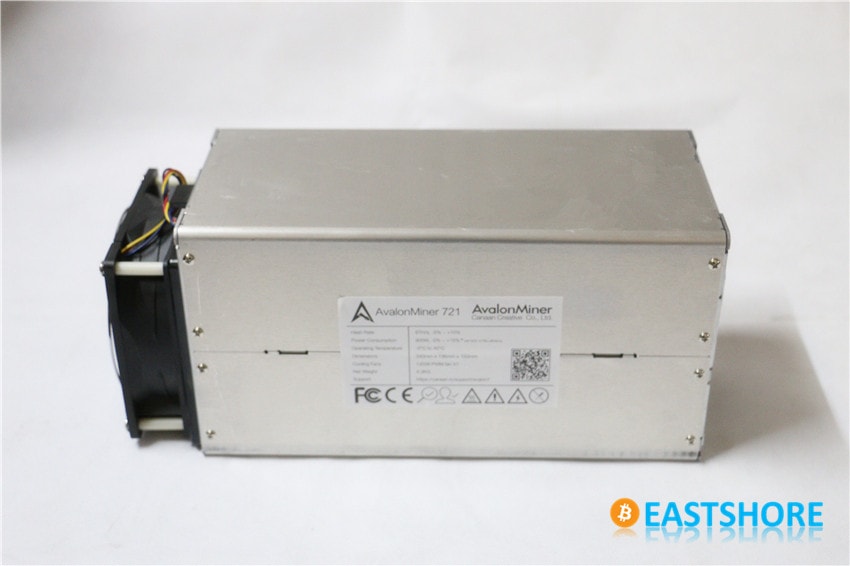
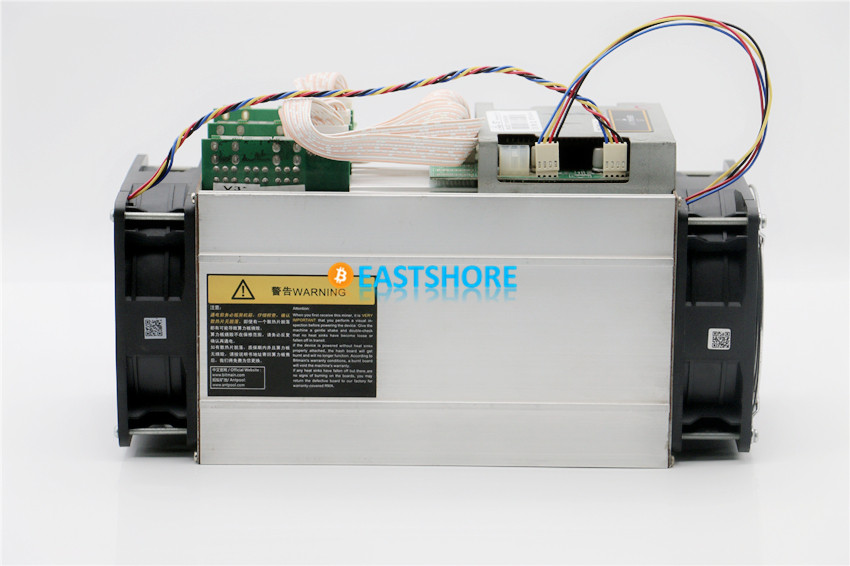
In 2017, Bitmain introduced Antminer S9 whose hashrate reached 11.85TH. At the end of 2017, Avalon introduced the A841 model to target at Antminer S9. The two models currently account for over 35% of the total hashrate on the network. In March, 2018, Avalon started the sale of A851, whose performance was upgraded with the capability of 14.5T base on the model A841 and it overtook Antminer S9 in terms of the hashrate.
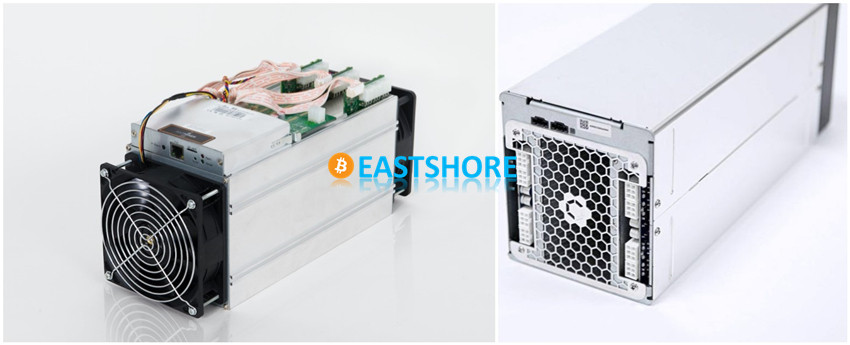
In November 2017, Bitmain launched the “Sophon” series of cloud-based AI chips into the market. In September of the same year, Canaan (Avalon’s parent company) launched the AI KPU chip which could be used in the fields of intelligent terminal, voice recognition, image processing, etc., and officially entered the field of artificial intelligence.
As we all know, in August 2018, Canaan released the world’s first mass-produced 7nm miner chip as well as the 7nm chip-based miner Avalon A9 series. Meanwhile it was actively carrying out the layout of 5nm chip to lead the mining industry to develop in a more professional direction. Unwilling to be outdone, Bitmain soon launched the 7nm Bitcoin miner Antminer S15 in the same year to compete with Avalon A9 series.
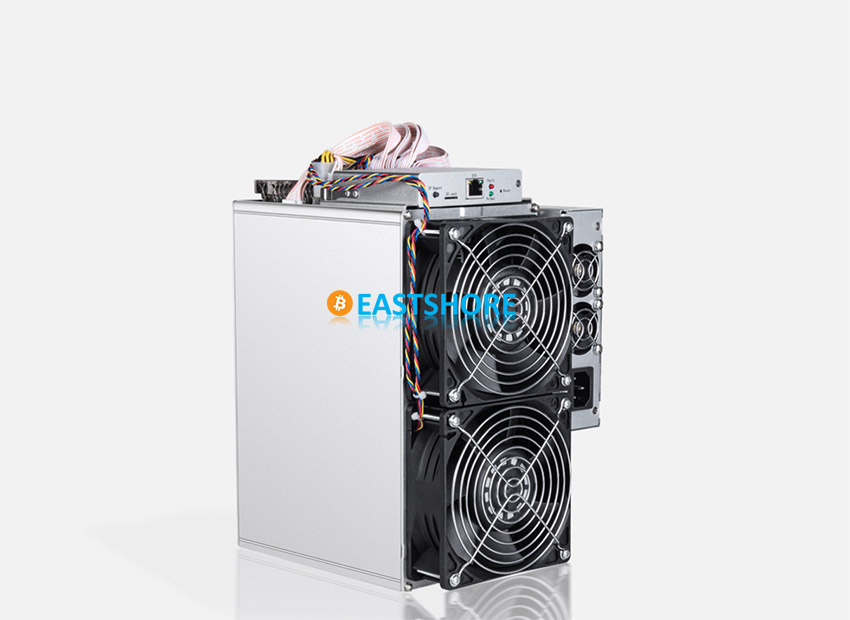
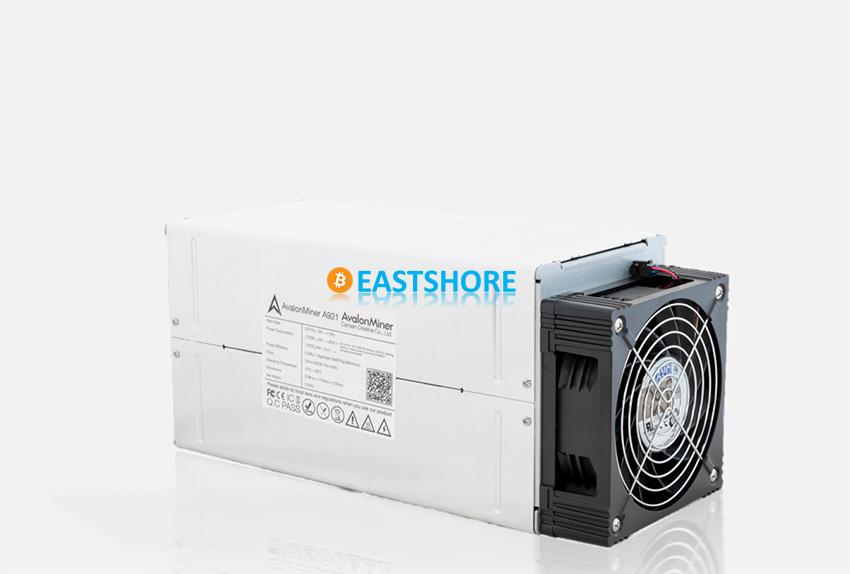
In current market of Bitcoin, the Bitcoin miners are in the competitive stage of “three generations” chips —- the first two generations of 16nm chips, the previous generation of 10nm chips and the latest 7nm chips. Although the 16nm chip application is very mature currently, its physical performance has approached the limit.
Under the condition of increasing mining difficulty and unpredictable cryptocurrency prices, every survived company is desperately running forward, because they may not be eligible to get the ticket for the next arena unless they just keep running.
Appendix
A series of articles on cryptocurrency mining for beginners on EastShore:
- A Brief History of the Cryptocurrency Miners | EastShore Mining Devices
- To trade crypto coins or to mine crypto coins? | EastShore Mining Devices
- What happens when 21 million bitcoins were exhausted? | EastShore Mining Devices
- Know the currency you are mining: find useful info in the white paper | EastShore Mining Devices
- Ten Traps to Avoid If You Are Newbie to Crypto Mining | EastShore Mining Devices
- How to Select Cryptocurrency Mining Pools? | EastShore Mining Devices
- How do I choose my miner? | EastShore Mining Devices

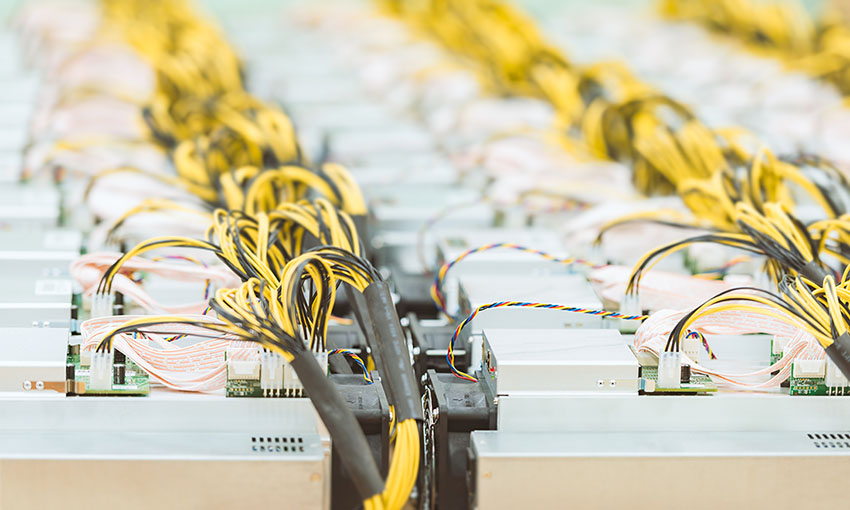
Pingback: Network Hashrate Hits Record High, How to Maximize Your Bitcoin Mining Profit? | EastShore Mining Devices
Pingback: How to Select Cryptocurrency Mining Pools? | EastShore Mining Devices
Pingback: To trade crypto coins or to mine crypto coins? | EastShore Mining Devices